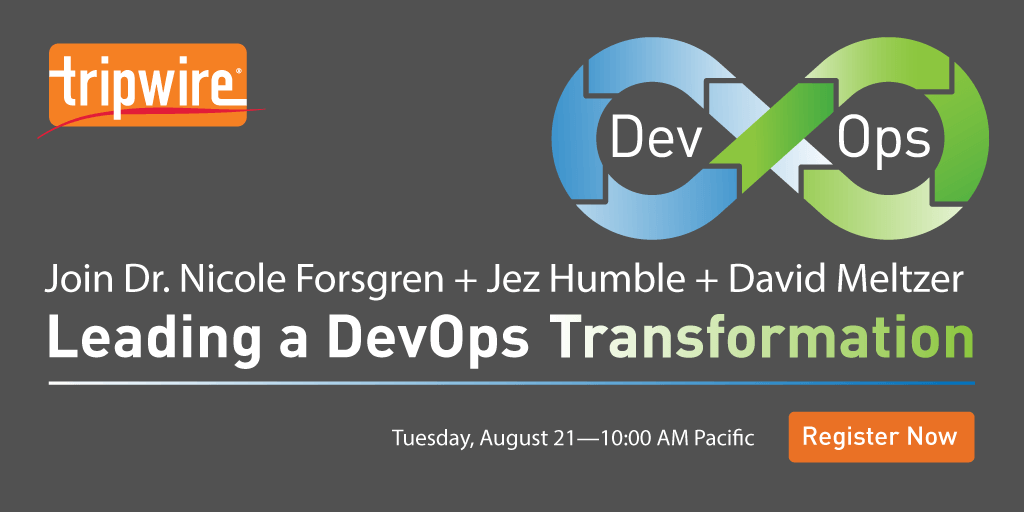
Organizations can reap huge rewards by switching to a DevOps software development model. Some enterprises don't know how to make the change. Recognizing that fact, I've spent the past few weeks discussing the benefits of a DevOps model, outlining how organizations can plan their transition, identifying common problems that companies commonly encounter and enumerating steps for a successful conversion. Of course, organizations aren't finished once they've fully embraced DevOps. That's because security is not an single act but an ongoing process. Even with automated tools and protocols, companies need to keep looking into what they have, where the industry is and what changes they might need to make to their environments. They should base these modifications in part on new employees, systems and technology that join the enterprise overtime. In other words, a secure environment necessitates the adoption of good security standards if new additions are to become secure and interoperable with existing assets. A key component of a dynamic secure environment is receptivity to employees' concerns. Personnel who feel they're being heard can make organizations aware of budding security risks and provide insight into appropriate strategies. By contrast, workers who think they're being neglected won't be as loyal to the organization and will therefore be more resistant to change, including alterations which can help make an existing DevOps model more secure. To capitalize on employees' feedback, organizations need to make communication a significant culture change as they embrace DevOps. Here are three considerations they should keep in mind.
1. Creating Communication Channels
Organizations need to make sure there are communications channels in place. They can do this by investing in a feedback management solution. Alternatively, those responsible for managing the DevOps systems can simply make themselves more accessible to employees by keeping their doors open and actively inviting professionals in other departments to share their thoughts.
2. Responding to Feedback
Organizations would be doing themselves a disservice if they received employees' feedback but did nothing with it. Such inaction can breed resentment and disloyalty not to mention overlook areas where improvement is warranted. With that said, enterprises should articulate to employees that they are listening to their feedback and that they'll do something about it. This level of transparency will improve the collaborative and communicative culture embodied by DevOps.
3. Acting on Concerns
All that remains is for organizations to act on the feedback. For instance, they can use the communication to measure and evaluate the impact of a change to the DevOps model in order to improve their culture, environment and productivity. Doing so can help them spot issues within teams, systems and processes that could have a great impact on the organization. For more information about how communication factors into organizations' transitions to a DevOps model, download Tripwire's eBook Driving DevOps Security: Scalable Cybersecurity Best Practices for Scalable Teams. Also, Tripwire is hosting a special webcast on August 21 titled, "Leading a DevOps Transformation". Join us and guest presenters to learn how to help your organization achieve higher levels of performance whilst ensuring security is a continuous aspect of the process. You can register here or click on the image below!


